RAT CATCHER was the term given to the Norwegian resistance fighters who performed the dirtiest jobs during the Second World War.
They liquidated informers, torturers and other Norwegians who worked for the Germans. THE RAT CATCHER was written by my stepfather Max Manus (1914-1996), in 1948. At that time his two classic war books ‘Det vil helst gå godt’ and ‘Det blir alvor’ were already successful books.
The manuscript of this novel laid for many years in the bottom drawer of a rose-painted cupboard in our living room at home on Landøya in Asker just outside Oslo, Norway. In the late seventies the script was bound in a hard cover with a leather spine and was given to Max as a birthday present. To this day no one in the family knows what happened to the book. A few years before my mother died she gave me a copy. Max was half Danish, and his language was marked by this. Moreover, he rose supremely above normalised spelling. No one can explain why Max did not publish the novel while he was alive.
In this English version I have translated it with great care in order to preserve all the original detail and story. In 2008 the film ‘Max Manus’ (English: ‘Man of War’), was released. It became a smash hit just like his books, and a blockbuster in Norwegian cinemas.
The Norwegian version of The Rat Catcher (Rottejegeren), was published in Norway in 2021 by Kagge Forlag AS and became a best-seller.
For more information about the book you can read the full version of ‘The Interview with George’ here.
Click on any of the outlets below to buy The Rat Catcher in print or eBook
Paperback, 230 Pages.
ISBN: 8743056466

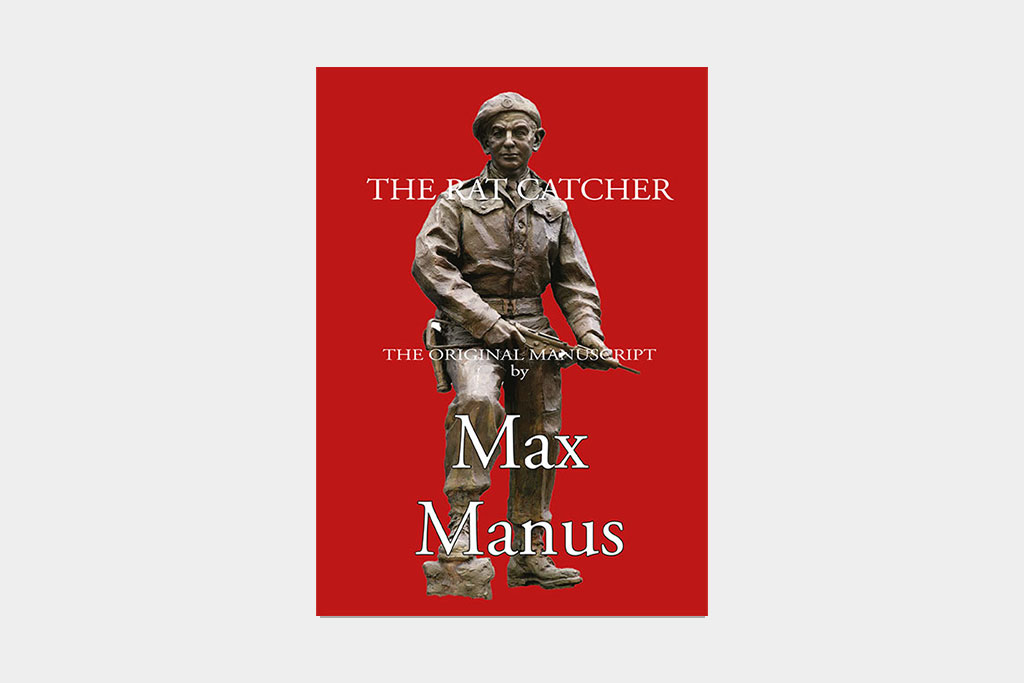
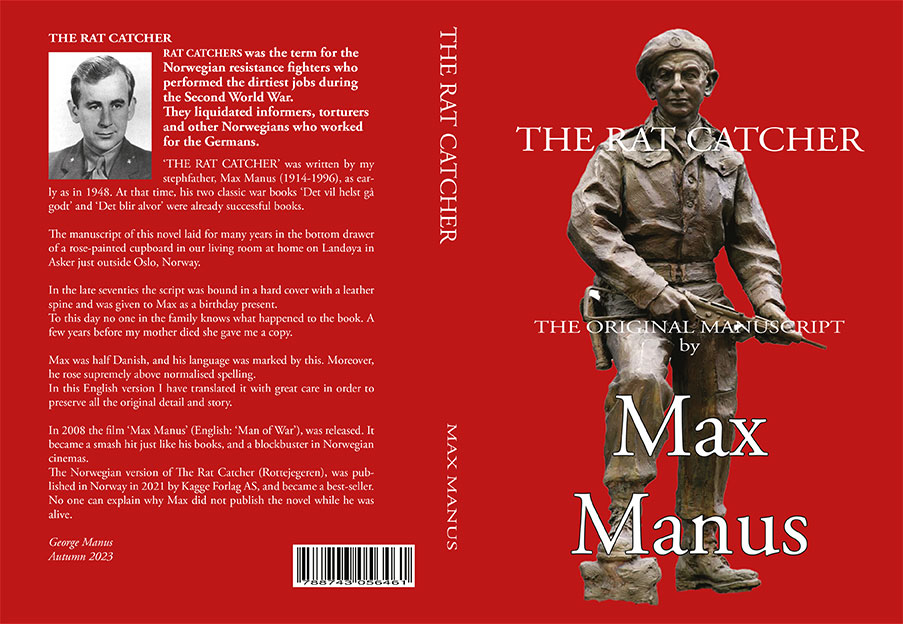
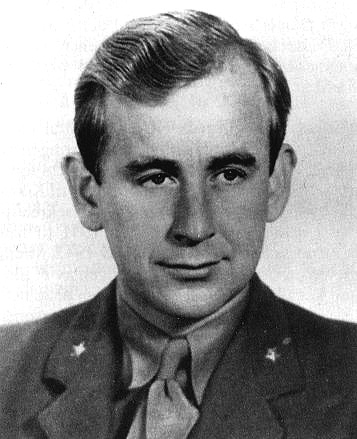
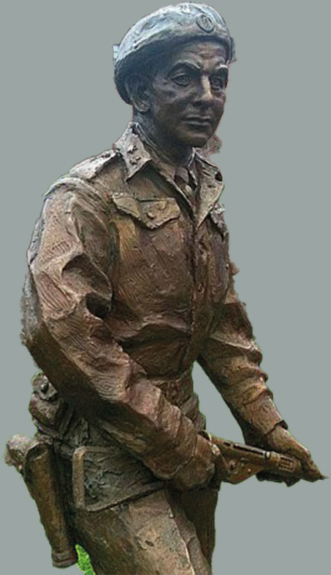
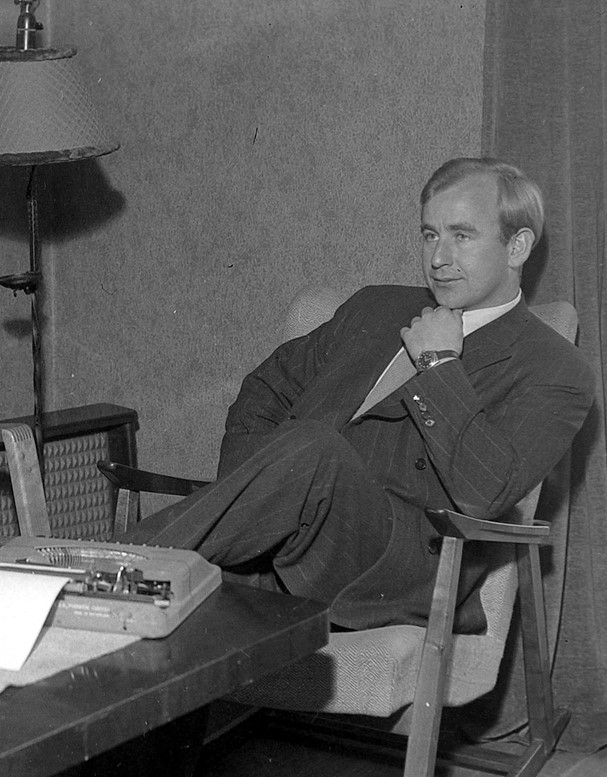
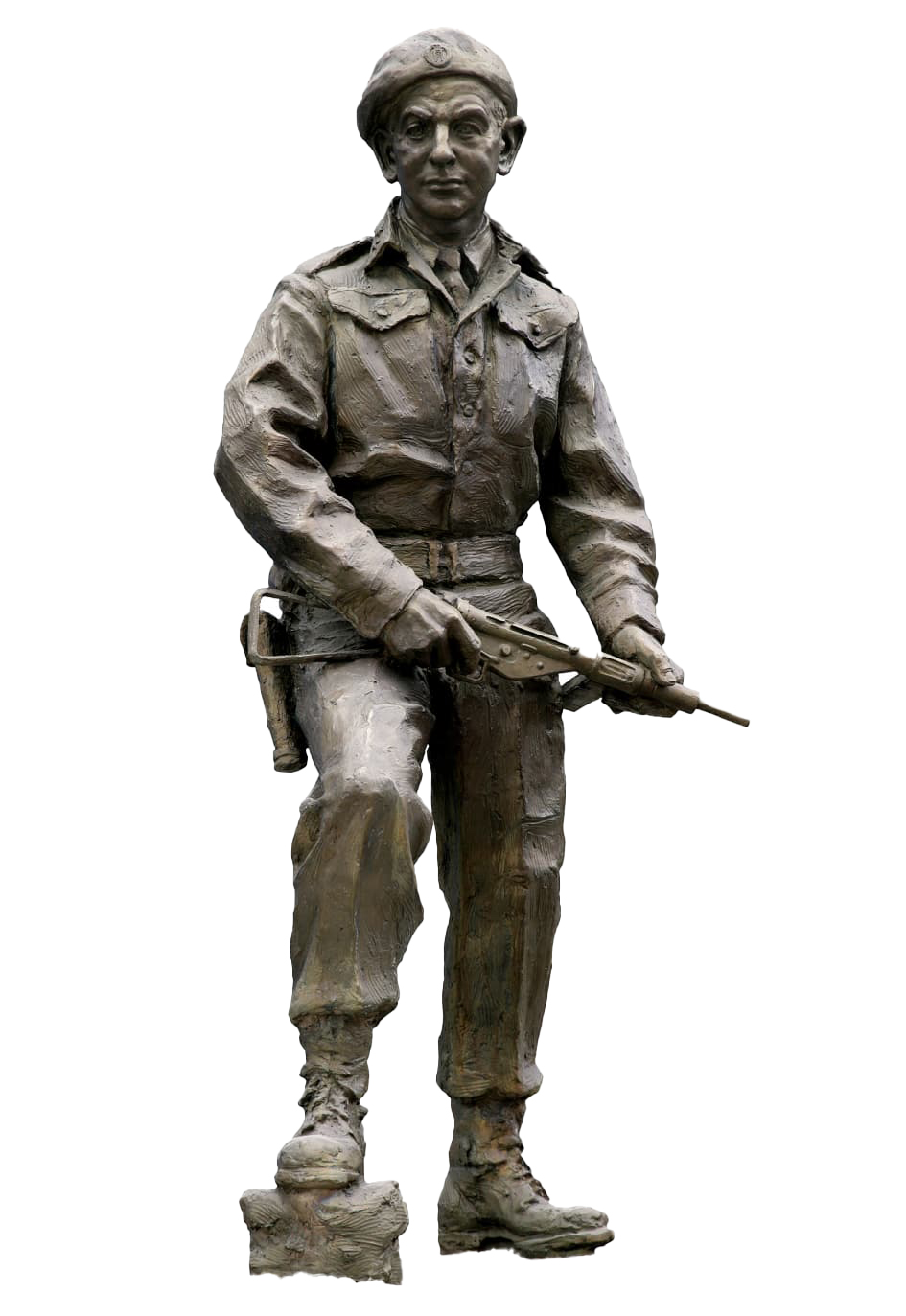
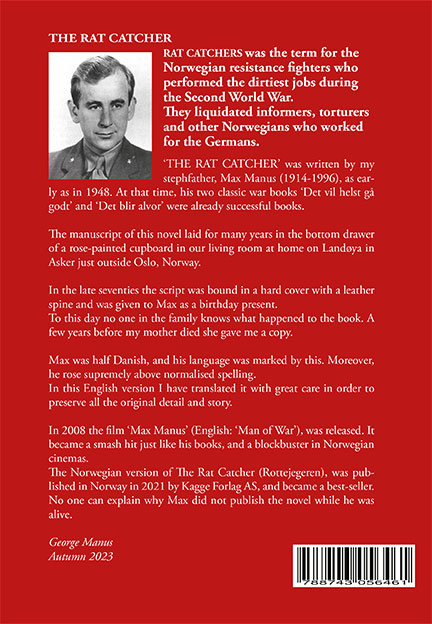
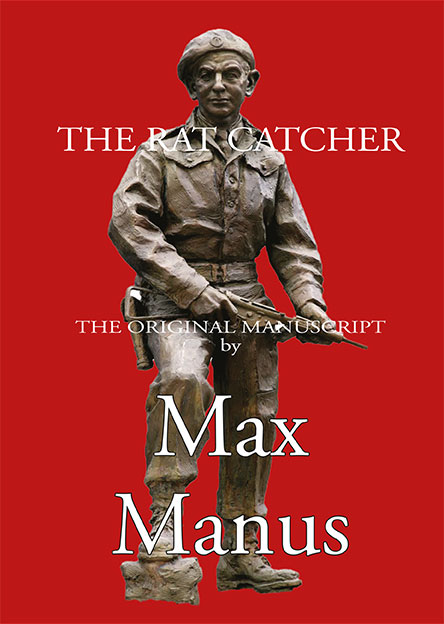
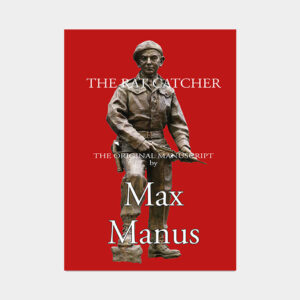

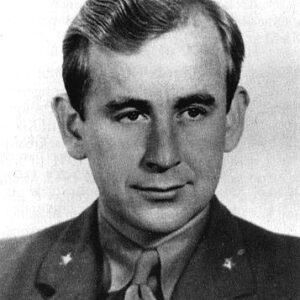
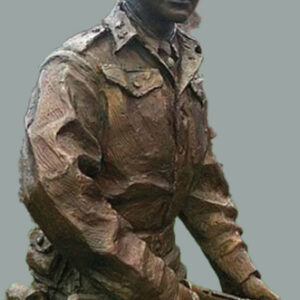
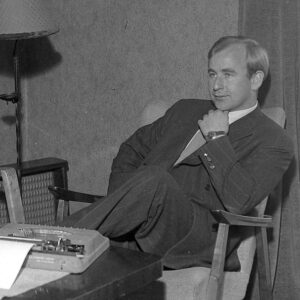
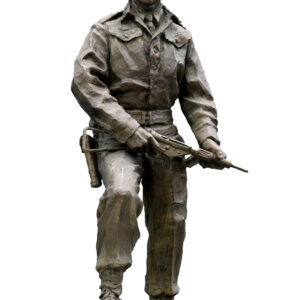
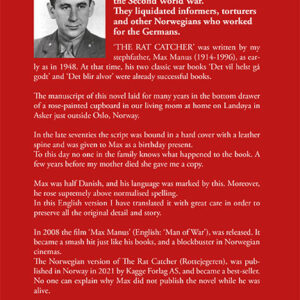
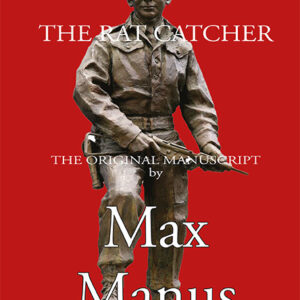
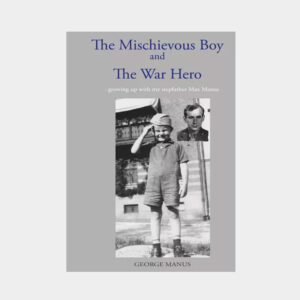
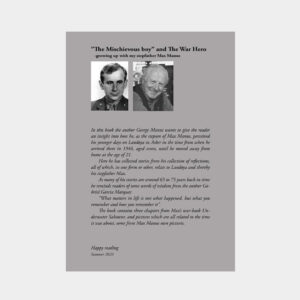
P. Smith –
I enjoyed this book immensely. My father and uncles were in the Second World War, however, I knew nothing of Norways involvement in the war. This book was a fascinating insight into what happened. Max was a hero and a very brave man. Good read and very informative.
Ashleigh –
Wow, great read. Offers a deep insight into World War II Norwegian resistance fighter, Max Manus that illuminates his post-war inner struggles and personal vulnerabilities. The book encompasses the heart-felt closure for a life that was fraught with danger, bravery, overcoming formidable circumstances, and managing to maintain a humble and human outlook. Very different times to now. I highly recommend.
Ole –
Splendid book. Good reading. Deep insight into the World War 2. I can recommend this book for any one interested in war history.
John Grogan from Yorkshire –
The post war atmosphere in Oslo is brilliantly brought to life by Max Manus in the Rat Catcher and has resonance for our own times . The recent triumph of victory over the Nazis and the possibilities for renewal it brings is tempered with foreboding and fears of a possible war with Russia. All the central characters who were involved in one way or another with the resistance are dealing with their own demons and the moral ambiguities of the decisions they had to take to liberate Norway. At the same time they are trying to come to terms with many of their fellow citizens who had been more passive during the war . Moreover, they are still living with the fear of attack by nazi sympathisers or collaborators.
By the time he wrote this book in the late 1940’s Manus had already published two accounts of his remarkable life which were best sellers at the time . This book is much darker in its themes with Freddy the central character essentially being Max’s alter ego . His passion for life , generosity of spirit and humanity are made all the more real by his honest portrayal of his human weakness.
The feature film about Max Manus which had its premiere in 2008 is one of a number over the last couple of decades that have depicted many of the key moments of Norway ‘s Second World War history . These include the flight from the capital city of the King and Government , the battles and exile which followed, the rescue of the central bank’s gold reserves, the deportation to the death camps of Norwegian Jews and the heroism and endurance of both the resistance fighters and the seaman. It is perhaps fitting that The Rat Catcher itself is published in English at about the same time as the latest of these ‘ Nr 24 ‘ is streaming on Netflix . This is about the life of Manus’s wartime comrade Gunnar Sonsteby. Central to both book and film is the dilemma of the leaders of the resistance about what to do with traitors in a wartime environment where there are no courts of law but there is also the constant threat of reprisals . Perhaps the reason why the Rat Catcher was not published in his lifetime was that it was just too difficult to revisit this topic whilst many of those involved were still alive . For the rest of us as we approach the eightieth anniversary of the end of the war in Europe we can only marvel at the heroism of the likes of Manus and Sonsteby but also at the fact that somehow they found the strength within themselves to move on from the world of the Rat Catcher and help build the Norway of today . For example ,Manus himself created a successful business employing both people who had resisted the Nazis and those who had not ,